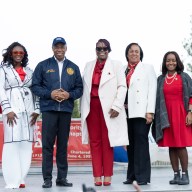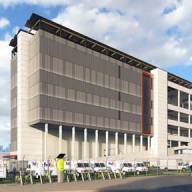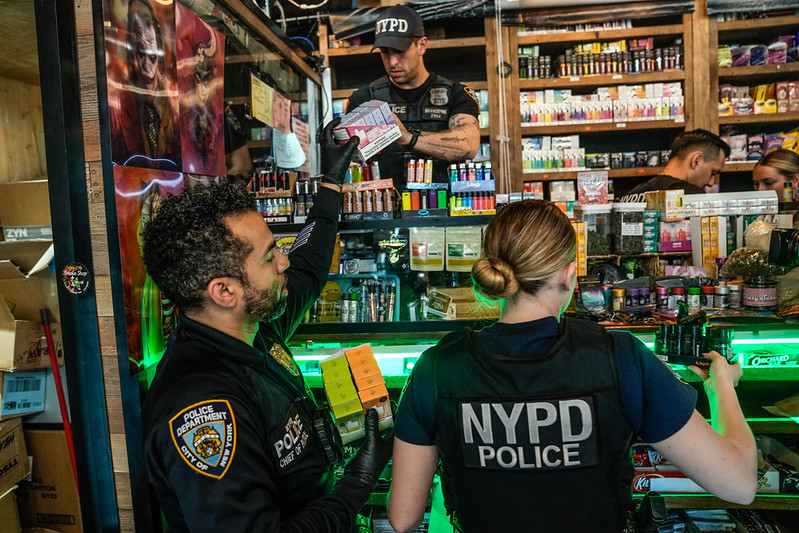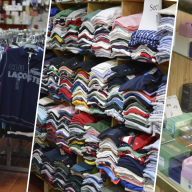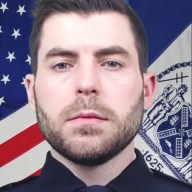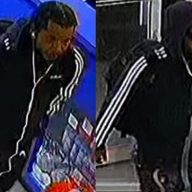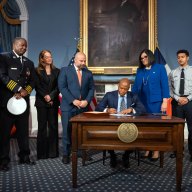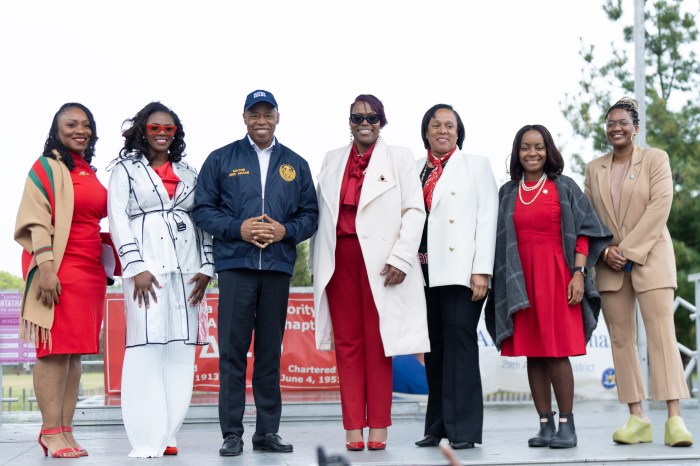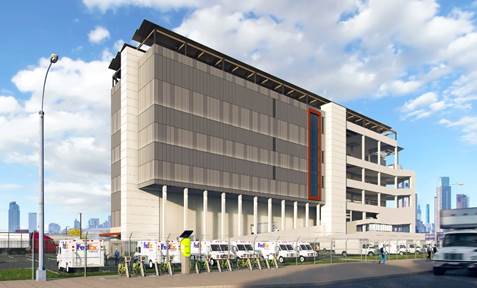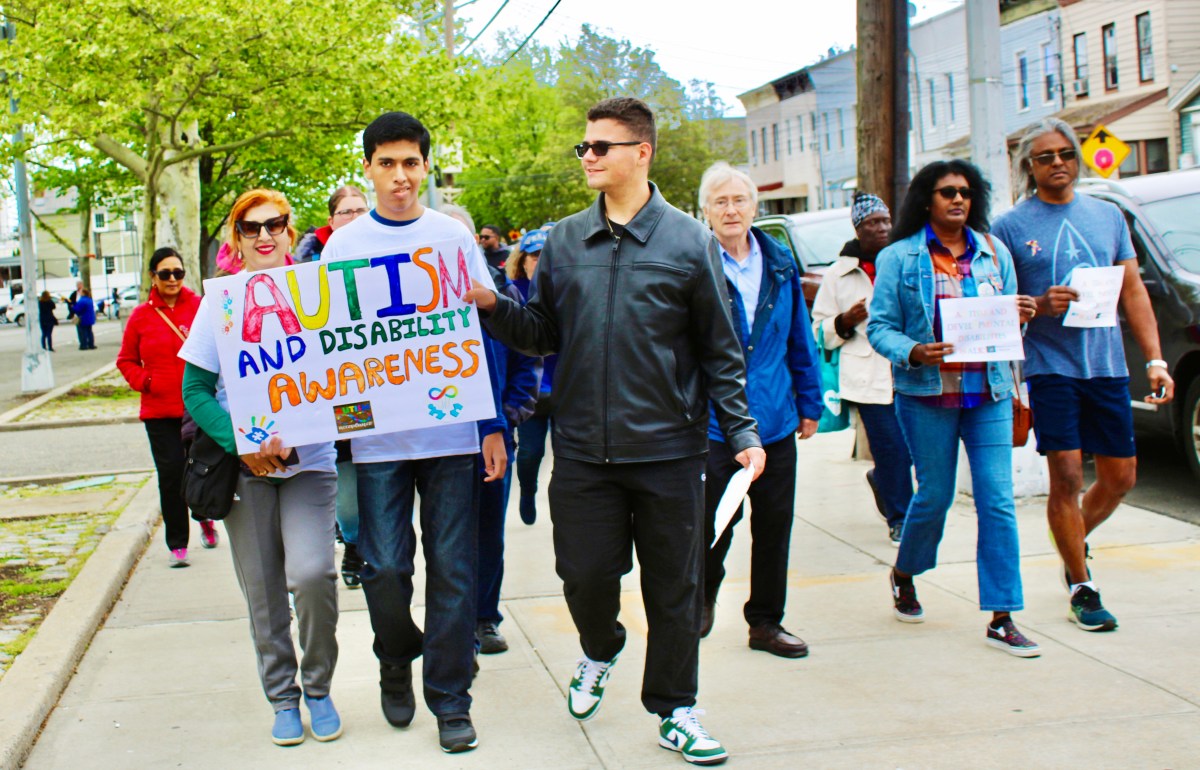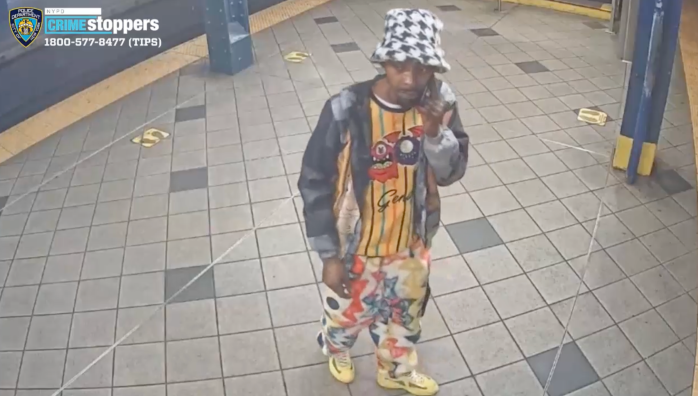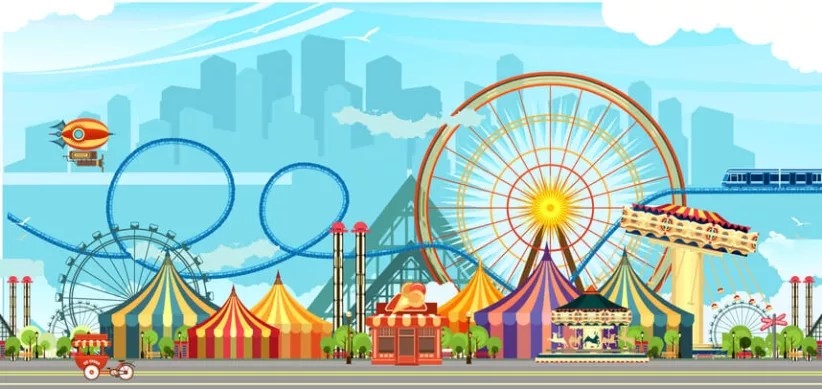Walking along 157th Avenue and Cross Bay Boulevard, Howard Beach resident Joan Bisciello always noticed the orange pipes with a yellow label and black lettering that read: WARNING PETROLEUM PIPELINE. However, she never really knew what it was, until this weekend.
The Buckeye Pipeline, which distributes fuel and petroleum products to locations in Queens, Brooklyn, Staten Island, New Jersey, Pennsylvania and other areas to the north and west, became the target of a foiled terror plot to detonate explosives at John F. Kennedy International Airport (JFK) and the pipeline, causing devastation in south Queens.
“I was very frightened and very upset when I heard about it,” said Bisciello, who has lived in Howard Beach for the past 30 years. “It’s very scary and makes you feel very suspicious of everyone.”
After monitoring the group’s activities for more than a year, authorities charged four individuals including the alleged mastermind Russell Defreitas, a U.S. citizen from Guyana who previously worked for a cargo company at JFK, in the terror plot.
U.S. Attorney Roslynn R. Mauskopf announced the charges on Saturday, June 2, but days after the announcement, southeast Queens residents still appeared shaken that the terror plot was so close to home.
“I think it was awful that they put the actual map of the pipeline in the paper,” said Stacy Ricci, 38, who lives in Howard Beach. “Now, everybody knows where it is if they want to blow it up.”
The pipeline crosses from Lindenwood southeast to 157th Avenue, over Cross Bay Boulevard, to the other side of Howard Beach, and ends at JFK Airport, according to Councilmember Joseph Addabbo.
He went on to say that along this span are two senior centers, P.S. 232, St. Helen School, the Rockwood Park Jewish Center, P.S. 207, Our Lady of Grace School, P.S. 146 and a day care center.
Howard Beach resident Helen Steponiewski, 80, who moved into her home on 97th Street and 156th Avenue nearly 50 years ago, said she remembered when work crews began tearing up the street decades later.
“When they were ripping up the street and replacing the old lines, we assumed it was the gas going into the houses. We had no idea,” she said, referring to the installation of the Buckeye pipeline to carry fuel to JFK Airport. “After they were done, we saw those signs …That’s what really bothered us.”
However, some residents said there was no use worrying and expressed confidence in the authorities.
“I think they [the authorities] have it under control,” said South Ozone Park resident and mother of three children Shashi Molina, 42. “I feel safe with the police taking care of things. They got it [the plot] on time.”
Meanwhile, City Councilmember Leroy Comrie, who represents portions of southeast Queens, said the most recent exploits should serve as a reminder for elected officials when considering how to distribute security funds.
“This incident clearly underscores the fact that New York City remains a prominent target for potential terror strikes,” Comrie said. “It is why our federal government must continue to provide substantial homeland security funding for New York City and other high-risk areas.”







